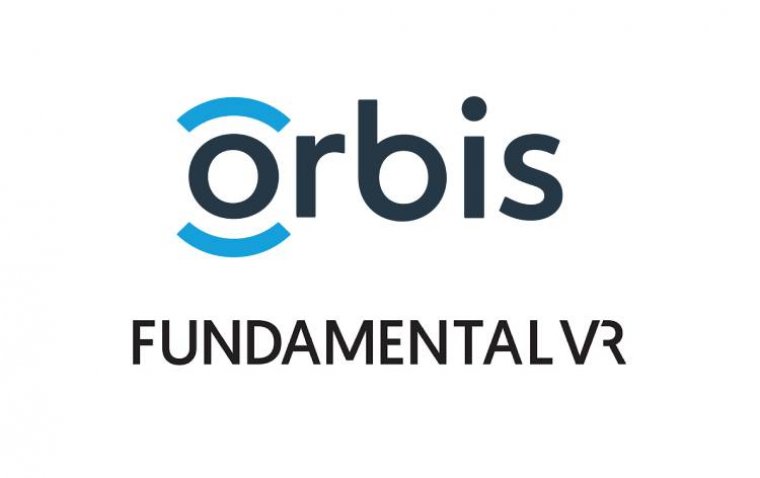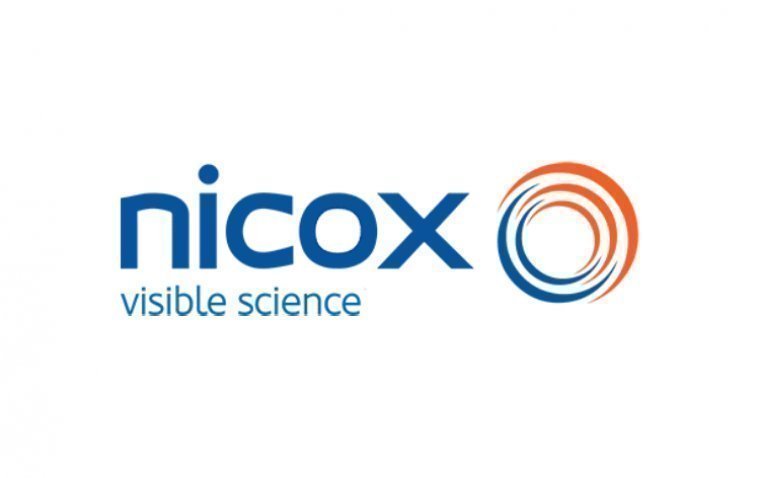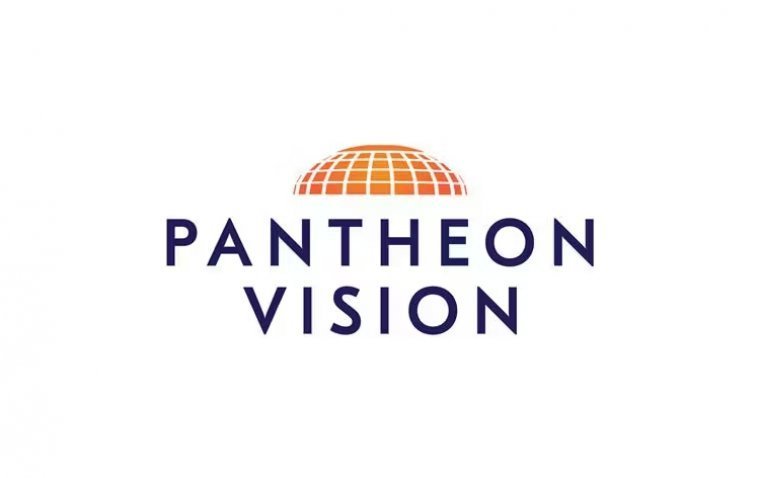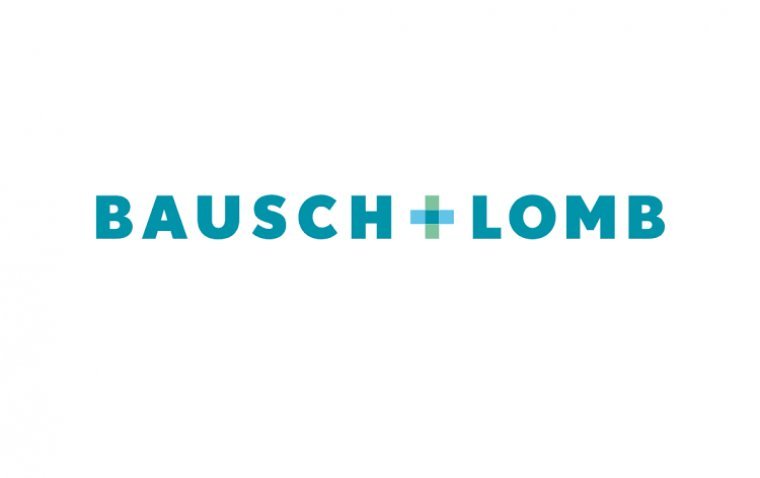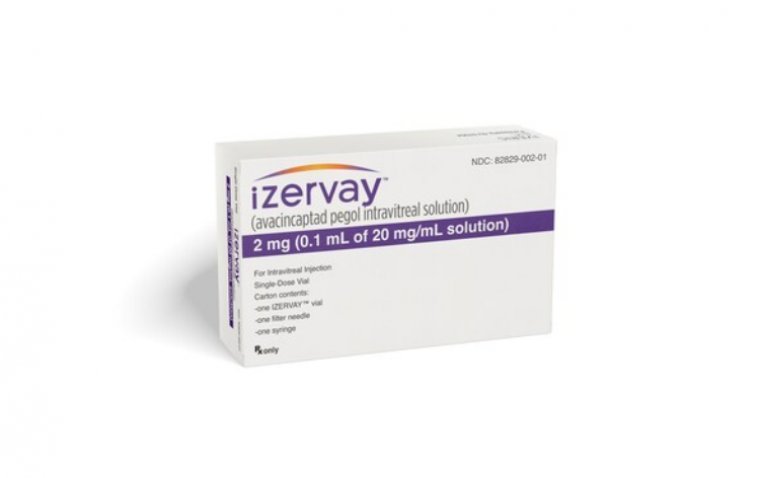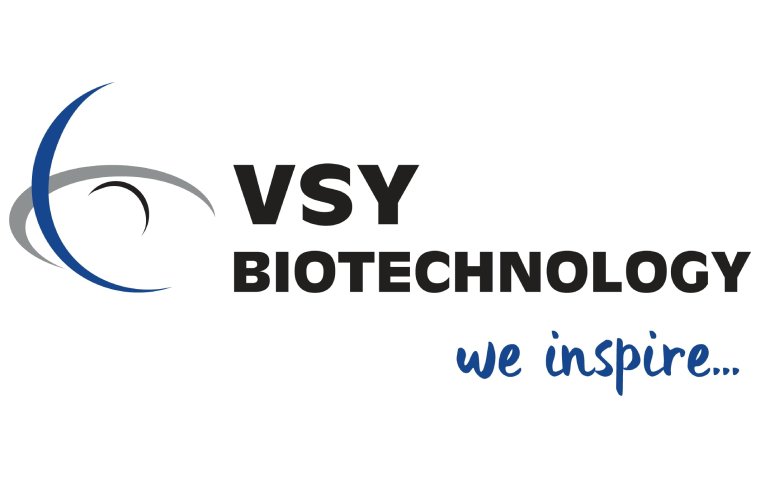Eyenovia and Senju Pharmaceutical Collaborate on Novel Dry Eye Treatment
Eyenovia, a leading ophthalmic company, announced a collaboration agreement with Senju Pharmaceutical to develop SJP-0035, a corneal epithelial wound healing candidate, using Eyenovia’s Optejet® dispensing technology for chronic dry eye disease treatment.
Strategic Collaboration for Innovative Treatment
Under the agreement, Eyenovia and Senju plan to present a clinical development proposal to the U.S. FDA aimed at supporting a New Drug Application (NDA) for a novel drug-device combination product. This collaboration seeks to address the significant unmet need in chronic dry eye disease, affecting nearly sixteen million Americans and costing over $3 billion annually in the U.S. alone, and $5 billion globally.
Clinical Development and Benefits
SJP-0035, previously tested in Phase 1 and Phase 2 studies with positive tolerability outcomes in over 250 subjects, will undergo a Phase 2b trial using Eyenovia’s Optejet dispenser. This trial aims to demonstrate enhanced efficacy and tolerability compared to existing treatments.
CEO and Corporate Executive Perspectives
Michael Rowe, CEO of Eyenovia, expressed optimism: “This collaboration with Senju represents a significant opportunity to leverage our Optejet platform for a new dry eye treatment. If approved, SJP-0035 could complement existing therapies, potentially improving patient outcomes and addressing a substantial market need.”
Mitsuyoshi Isaka, Corporate Executive Officer of Senju, highlighted the innovative approach: “SJP-0035’s unique mechanism of action, combined with Eyenovia’s Optejet technology, could set a new standard in dry eye treatment. We anticipate a fruitful partnership aimed at bringing this promising therapy to patients globally.”
Path Forward and Future Plans
The companies anticipate an FDA meeting later this year to discuss the clinical development plan. Pending successful outcomes, plans include completing Phase 2b trials by 2025 and progressing to Phase 3 studies by 2026, pending further collaboration expansions.
(1).jpg)
